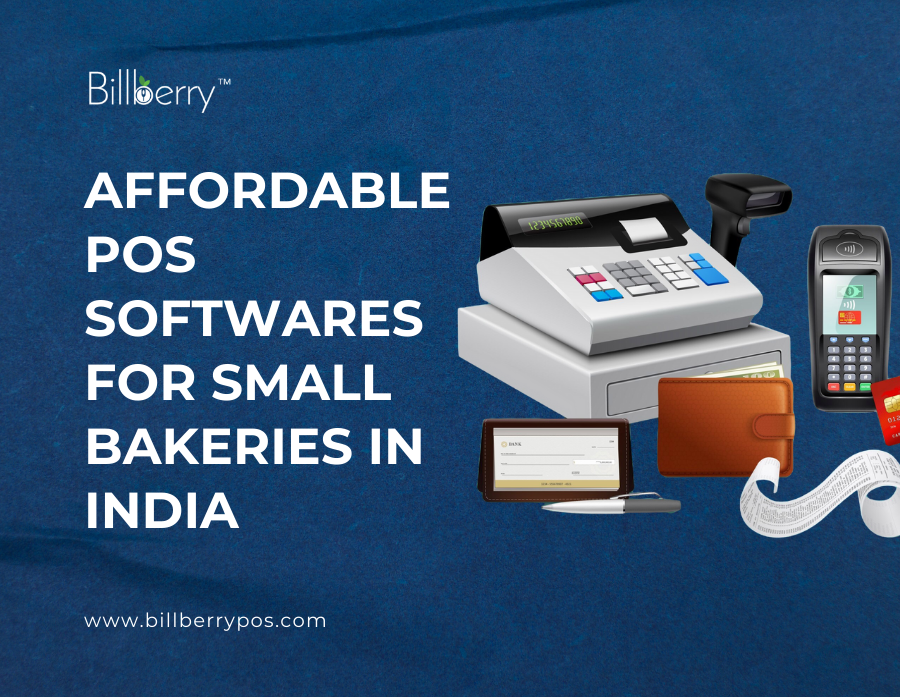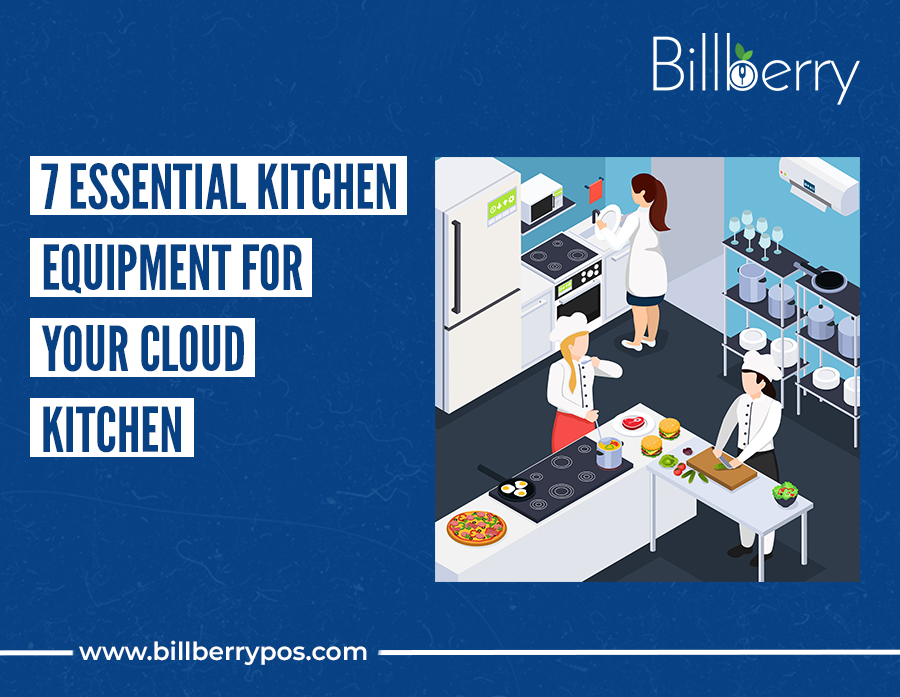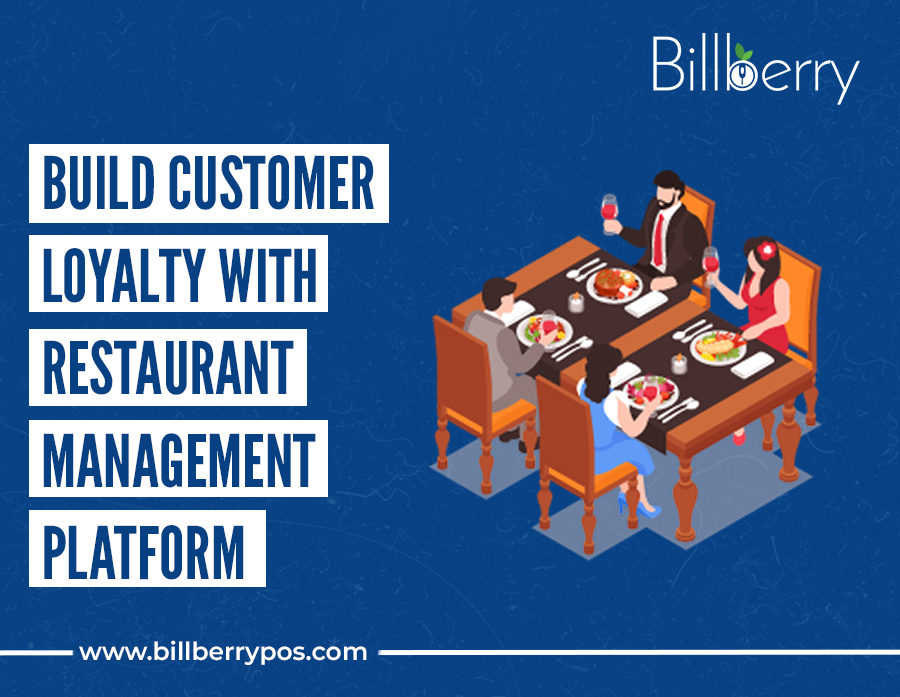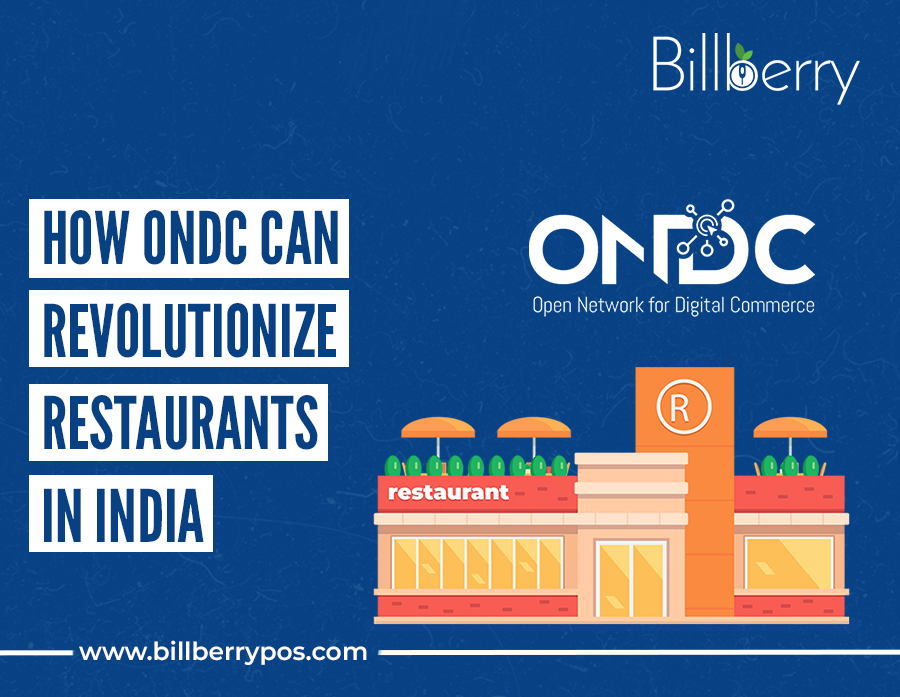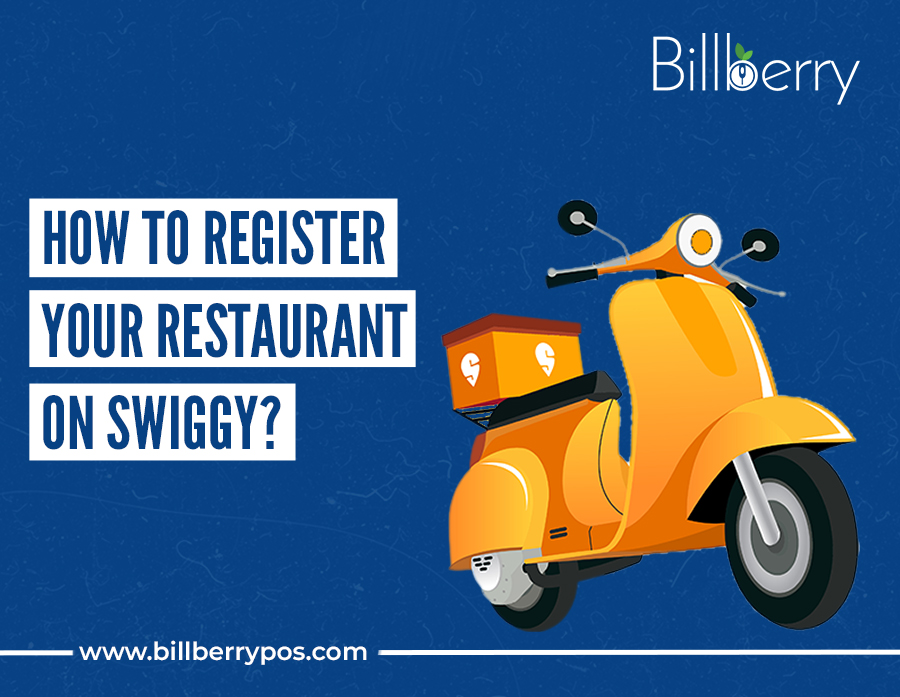Running a small bakery in India comes with its own set of challenges, from managing daily sales to tracking inventory and ensuring smooth customer transactions. A budget-friendly bakery POS system can help streamline operations, but choosing the right one requires careful consideration. Here’s a list of affordable POS systems for small bakeries in India, along with their key features, pricing insights, and how they can help bakery businesses thrive.
Why Do Small Bakeries Need a POS System?
A Bakery POS system is not just a billing machine; it plays a crucial role in managing inventory, tracking sales, handling customer orders, and providing insightful analytics. Here are some reasons why a POS system is essential for small bakeries:
~Efficient Order Management – Streamline in-store and online orders.
~Inventory Tracking – Monitor ingredients and reduce wastage.
~Fast Checkout Processing – Reduce wait times for customers.
~Sales Analytics – Track best-selling items and business performance.
~Loyalty & CRM Features – Encourage repeat customers with discounts and offers.
You can also read: How to Choose the Perfect Location for Your Bakery
Top Affordable POS Systems for Small Bakeries in India
1. Billberry POS
Best for: Small to large bakeries looking for a scalable, all-in-one solution.
Key Features:
~ Cloud-based POS with real-time inventory tracking and automated stock updates.
~ Advanced recipe management to control ingredient usage and costs.
~ Multi-outlet support for bakeries expanding into franchises or manufacturing units.
~ Integrated CRM with customer loyalty programs and targeted promotions.
~ Seamless online ordering integration with food delivery platforms.
~ Intuitive dashboard with sales analytics and performance reports.
~ Affordable pricing with flexible plans for growing bakery businesses.
Why Choose Billberry? If you’re looking for a feature-rich, scalable, and cost-effective POS system tailored for bakeries, Billberry provides the perfect blend of efficiency, automation, and business growth support.
2. Petpooja POS
Best for: Bakeries needing seamless online ordering integration.
Key Features:
~Easy-to-use interface with multi-store support.
~Integrates with Zomato, Swiggy, and Dunzo for online orders.
~Recipe management for tracking ingredient usage.
~Affordable monthly and yearly plans.
Why Choose Petpooja? If online ordering is a major part of your business, Petpooja is an excellent choice.
3. Posist POS
Best for: Growing bakery chains and franchises.
Key Features:
~Cloud-based POS with advanced inventory and waste management.
~Supports offline billing and kitchen display systems (KDS).
~In-depth reports on sales, stock, and profitability.
~Custom pricing plans.
Why Choose Posist? Ideal for bakeries planning to expand and need a scalable POS solution.
4. UrbanPiper POS (Prime POS)
Best for: Small bakeries managing multiple sales channels.
Key Features:
~Seamless integration with Swiggy, Zomato, and Uber Eats.
~Centralized dashboard for multi-store management.
~Automated order processing and real-time stock updates.
~Cost-effective plans for small businesses.
Why Choose UrbanPiper? If you’re handling multiple sales channels and need automation, this POS works great.
5. Gofrugal POS
Best for: Bakeries looking for AI-powered sales tracking.
Key Features:
~Smart analytics to predict demand and minimize wastage.
~Barcode scanning, loyalty programs, and CRM integration.
~Cloud-based and offline functionality.
~Budget-friendly pricing with one-time and subscription models.
Why Choose Gofrugal? If automation and analytics are a priority, Gofrugal is a great fit.
6. Rista POS
Best for: Mobile-friendly bakery management.
Key Features:
~Mobile app compatibility for easy management on the go.
~Integrated online order handling and accounting features.
~Supports GST-compliant billing and digital payments.
~Affordable pricing for small bakeries.
Why Choose Rista? If you prefer managing your bakery from your phone, Rista is a good option.
How to Choose the Right POS System for Your Bakery?
When selecting a budget-friendly POS system for a bakery, consider these factors:
~Cost – Ensure the pricing fits your budget and offers good value.
~Cloud vs. Offline – Choose a cloud-based POS for remote access or an offline POS if internet reliability is an issue.
~Inventory Features – Pick a system that tracks ingredient stock levels and alerts you for restocking.
~Ease of Use – Your staff should be able to use it with minimal training.
~Customer Support – Reliable 24/7 support is essential in case of technical issues.
You can also read: The Bakery Owner’s Guide to POS System: Features, Costs & Benefits
Final Thoughts
Selecting the right affordable bakery POS system in India is crucial for streamlining daily operations, reducing waste, and improving customer service. Whether you need inventory management, sales tracking, CRM features, or online order integration, investing in the right POS will help your bakery grow efficiently while keeping costs low.
Looking for a budget-friendly POS system for your bakery? Try Billberry POS – a cost-effective bakery management solution with all the essential features you need.







